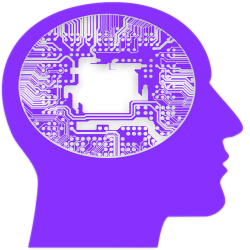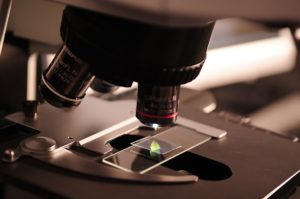Genetics & the Origin of Autism
“The ultimate hack for a team of Silicon Valley Programmers might turn out to be cracking the genetic code that makes them so good at what they do.”
Steve Silberman, Wired Magazine in 2001

Neurodiversity was initially applied to autistic individuals. The idea was to focus on the positive and accept autistic people by equipping them with an identity that was more acceptable to the public. Over time, it has also come to include other ‘psychiatric’ conditions like ADHD, bipolar disorder, and schizophrenia, conditions that also carry a negative stigma. New techniques in researching the genome have significantly expanded our understanding of many genetic conditions. They have validated the genetic basis of neurodiversity. Autism is a genetic condition. It has no simple fix or cure. This is the first of three blogs covering the genetic basis of autism.
The answer to what causes autism is complicated. Generally speaking, very small normal variations scattered throughout the human genome cause so-called neurological processing disorders like autism, ADHD, and schizophrenia. In addition to genetic conditions, there are different diseases like some forms of cancer or diabetes that have the same type of widely distributed gene pool. The autistic genes are spread out amongst all peoples such that no population group in the world is without them. Through typical mate selection, a person can inherit increasing numbers of genes that contribute to a propensity of acquiring a clinical condition. The more genes that one carries, the more likely it is that the condition or disease will occur. All people carry many small variations in genes for autism, yet it occurs in just 2% to 3% of the population.
 The primary basis of selection between humans, called assortative mating, is intellectual similarity. In other words, people select others who are mentally and intellectually similar to them—it’s what people look for first in their mate. And so through assortative mating, people with more of these autistic traits tend to marry more often with others who also carry autistic genes and traits. “Marriages work out best when two people with autism marry or when a person marries a handicap or eccentric spouse … They are attracted because their intellects were on a similar wavelength.” Temple Grandin in Thinking in Pictures, 1995 This phenomenon accounts for at least 50% of all cases of autism, and its origins go back millions of years.
The primary basis of selection between humans, called assortative mating, is intellectual similarity. In other words, people select others who are mentally and intellectually similar to them—it’s what people look for first in their mate. And so through assortative mating, people with more of these autistic traits tend to marry more often with others who also carry autistic genes and traits. “Marriages work out best when two people with autism marry or when a person marries a handicap or eccentric spouse … They are attracted because their intellects were on a similar wavelength.” Temple Grandin in Thinking in Pictures, 1995 This phenomenon accounts for at least 50% of all cases of autism, and its origins go back millions of years.
The traits we now associate with autism likely first appeared in the human genome millions of years ago. Attributes that many today would call autistic probably played essential roles in early human societies. The primordial autistic person likely lived on the fringes of a group of hunter-gatherers that roamed the savannah of Africa. This person was prized for using hyper-sensory abilities to secure food and discern impending danger. The loner in society might have been able to look at a particular geographical feature on the savannah and recognize it as the best place for the tribe to safely encamp. The remarkable visual-spatial thinking that we now know is a hallmark of autism, undoubtedly contributed to tribe survival.
 The genes for the distinctive traits of autism have provided an advantage to human survival, or they would have been lost from the genome over time. Today, once again, those traits are in new demand in computer sciences and STEM professions. Pattern-recognition, another prime autistic trait, closely linked with creativity, has afforded the exceptional leadership to produce successes like Apple and Microsoft.
The genes for the distinctive traits of autism have provided an advantage to human survival, or they would have been lost from the genome over time. Today, once again, those traits are in new demand in computer sciences and STEM professions. Pattern-recognition, another prime autistic trait, closely linked with creativity, has afforded the exceptional leadership to produce successes like Apple and Microsoft.
